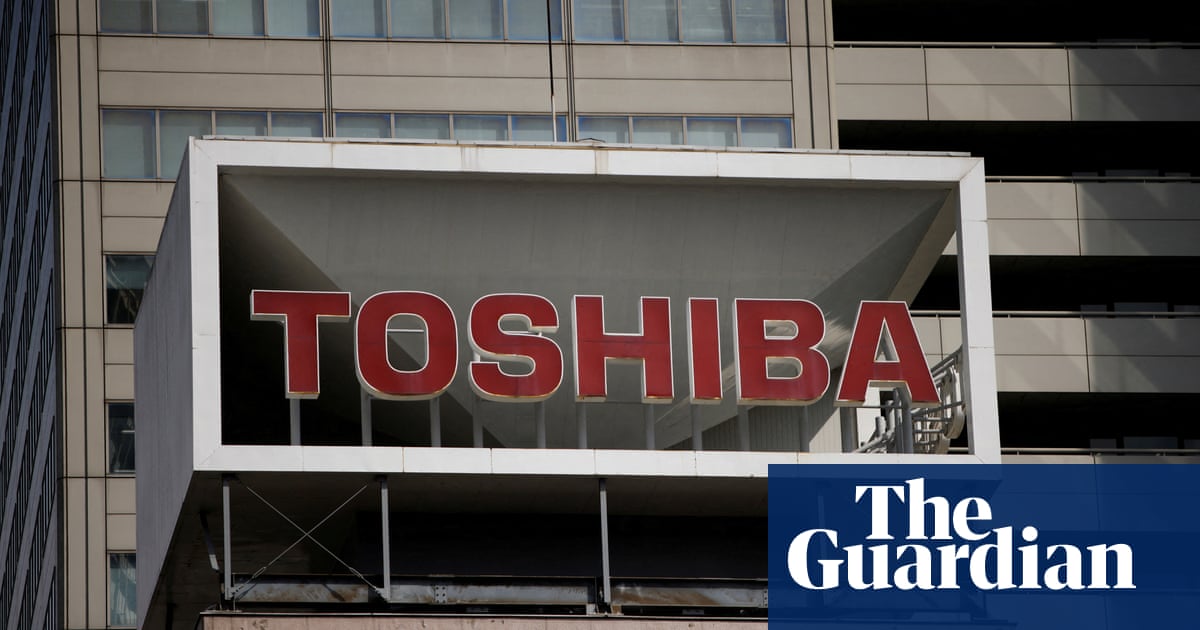
TOKYO (Reuters) - The Tokyo Stock Exchange (TSE) resumed normal trading on Friday, with the main index holding steady a day after the worst-ever outage brought the world’s third-largest equity market to a standstill.
The glitch was the result of a hardware problem at the bourse’s “Arrowhead” trading system, and a subsequent failure to switch to a back-up. It caused the first full-day suspension since the exchange moved to all-electronic trading in 1999.
Market participants expressed some relief that the problem was hardware-related rather than a cyber attack, but cautioned about a potential longer-term impact given the hit to the Tokyo market’s reputation.
“For now, there’s relief that trade was able to resume,” said Masahiro Ichikawa, senior strategist at Sumitomo Mitsui DS Asset Management.
“The cause has not been clearly indicated yet, so traders are processing orders that couldn’t be done yesterday as they wait and see how the system works, rather than actively trading.”
The outage had come on a day of high anticipated trade volume following the release of the Bank of Japan’s closely watched tankan corporate survey and a rise on Wall Street.
The meltdown also occurred just two weeks into new Prime Minister Yoshihide Suga’s term - during which he has prioritised digitalisation - and undermined Tokyo’s hopes of replacing Hong Kong as an Asian financial hub.
“It’s problematic that this happened after the TSE upgraded its system as recently as 2019,” said Takatoshi Itoshima, strategist at Pictet Asset Management. “IoT (Internet of Things) related shares are meant to be the leader of ‘Suganomics’ trade but this won’t impress foreign investors.”
“TRULY REGRETTABLE”
Officials from the Tokyo Stock Exchange and Japan Exchange Group Inc 8697.T, which runs the bourse, as well as system developer Fujitsu LTD 6702.T, apologised for the debacle on Thursday.
Arrowhead, developed by Fujitsu, debuted in 2010, bringing processing times for trades to 5 milliseconds - on a par with the New York and London stock exchanges at the time. The system got an overhaul last November, and currently processes orders in about 0.2 milliseconds.
TSE officials said a disc device failure caused abnormalities in the distribution of market information and monitoring functions, although the fundamental cause of the problem was still unknown.
Japanese government officials expressed dismay, saying financial regulators would soon order an incident report from the TSE.
“It is truly regrettable that the opportunity of stock trading - an important economic activity - was lost,” Digital Transformation Minister Takuya Hirai told a news conference.
“Whether it’s caused by hardware failure, cyber attack, or natural disaster, there obviously needs to be a risk analysis for all occurrences and a proper BCP (business continuity plan) put in place (as Japan proceeds with digitalisation).”
Fujitsu said any findings from its investigation into the failure would be disclosed through the exchange. It declined to comment on any compensation issues, while TSE Chief Executive Officer Koichiro Miyahara said the bourse had no plans for now for any compensation claims, taking “full responsibility” for the shutdown.
Shares in Fujitsu fell 2.2% in morning trade, while Japan Exchange Group lost 1.6%, underperforming the main TOPIX index .TOPX, which was flat.











